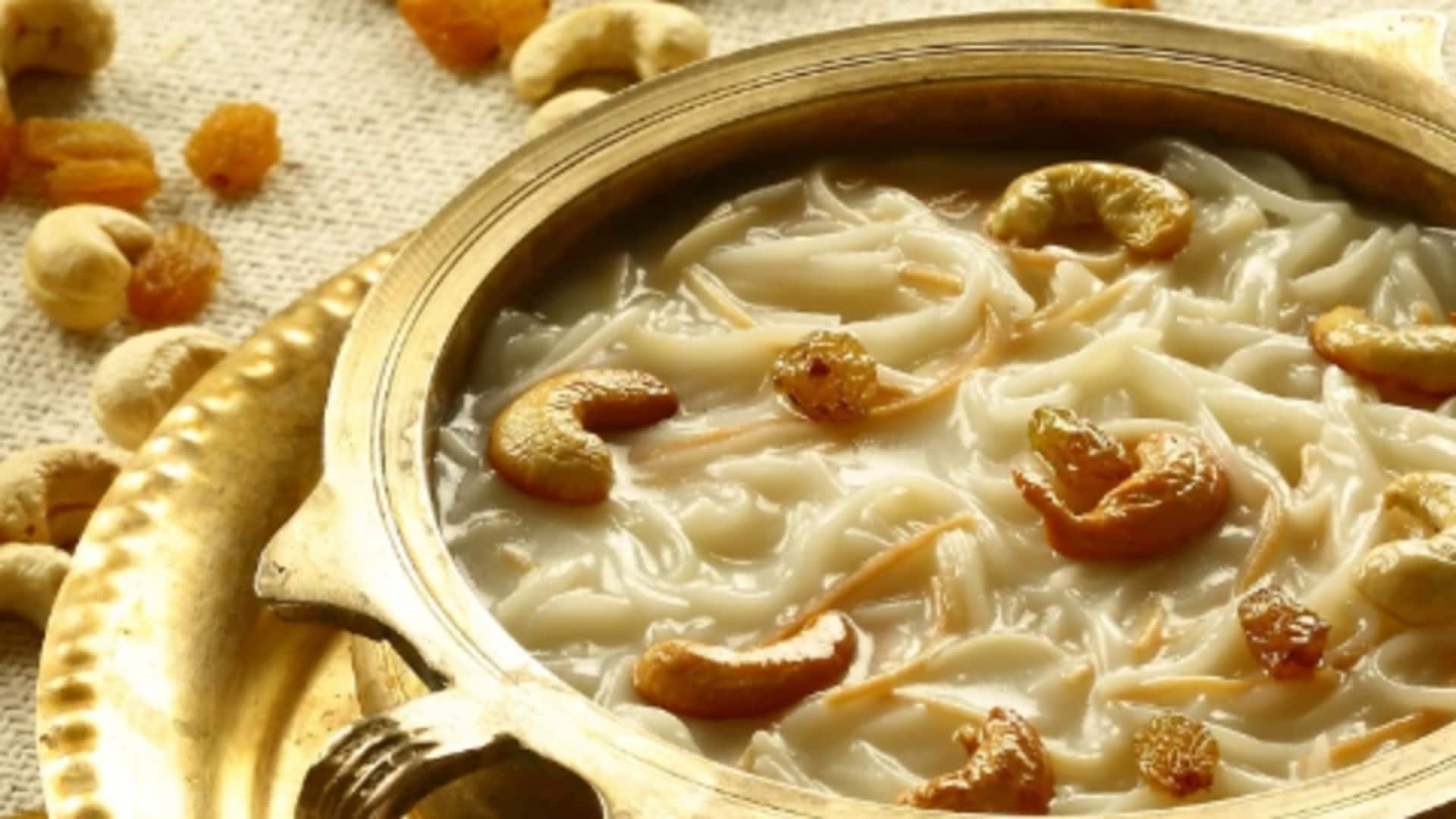
Payasam's journey: From temple offerings to festive feasts
What's the story
Payasam, a beloved South Indian dessert, has a rich history that dates back centuries. Traditionally prepared as offerings, this sweet dish has evolved into a staple during festivals and celebrations. Its journey from sacred rituals to festive feasts highlights the cultural significance and culinary artistry associated with it. Understanding this evolution offers insights into the traditions and practices that have shaped payasam's place in South Indian cuisine.
#1
Origins in temple rituals
Payasam's roots can be traced back to ancient rituals where it was offered as prasadam. Made with rice or lentils, milk, and jaggery, the dish symbolized purity and devotion. The preparation methods varied across regions but retained essential ingredients that signified abundance and prosperity. This practice laid the foundation for payasam's revered status in South Indian culture.
#2
Transition to festive celebrations
As society evolved, payasam transitioned from temple altars to household celebrations. It became an integral part of festivals like Pongal and Onam, symbolizing joy and togetherness. Families would prepare large quantities to share with neighbors and friends, reinforcing community bonds. The adaptability of payasam allowed it to be customized with local ingredients while retaining its traditional essence.
#3
Regional variations and innovations
Different regions in South India have also given their own twist to payasam, resulting in a plethora of flavors and textures. While Kerala loves its coconut milk-based versions, Tamil Nadu opts for jaggery-laden ones. These regional variations are a testament to India's diverse culinary heritage, but they all have one thing in common- the love for this comforting dessert.
#4
Modern-day significance
Today, payasam continues to be an integral part of South Indian festivities. It has also made its way into modern-day kitchens across the world. With chefs experimenting with contemporary twists on traditional recipes, the dessert remains a favorite among the old and the new. It is a symbol of cultural identity that transcends generations, and keeps the spirit of celebration alive.